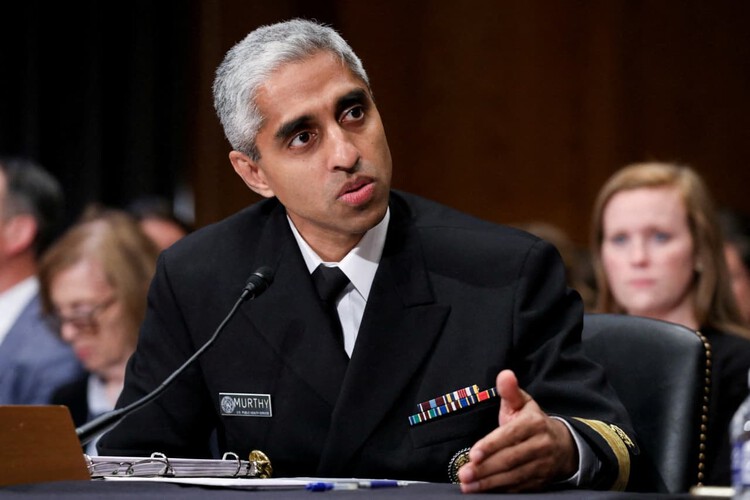Public Health Messaging Can't be Overly General or Overly Cautious or Overly Technical

Messaging between the healthcare industry and the public stinks. We like to talk about how patient centered we are in the healthcare industry, but no patient understands any of it. That’s a big problem if we are going to effectively communicate to the public on how to improve their health.
I came across two great examples of this problem in my reasearch this week. The first, I happened upon when scrolling through X and reading the always entertaining posts of Dutch Rojas.
Patients don’t care about technology
Nobody Cares About Your Robot
— Dutch Rojas (@DutchRojas) January 5, 2025
Physicians, let me tell you this: Patients don’t care about your fancy robot or any other devices you have on your website.
Do you know what they care about?
Can I go home tomorrow?
When will I going feel better?
Can I see my kids and grandkids…
For many physicians and hospital administrators, he's absolutely right. Patients don't care about Epic's MyChart. They don't care about your latest Davinci robot. They aren't going to care about whatever AI tool you've implemented...unless it makes them feel better. It's a classic marketing and communication problem of communicating features, when you should be communicating benefits.
Poorly framed public health messaging erodes trust
The second example this week came in an Op-Ed in the Wall Street Journal. Apparently the U.S. Surgeon General released a report and a warning that moderate alcohol use may cause cancer.
While I've done no reasearch or reading to understand the Surgeon General's report, nor the author of this Op-Ed's dissenting opinion on it, one lesson is clear. The article highlights how overly cautious or generalized public health messaging can erode public trust, especially if it’s perceived as politically motivated or poorly substantiated.

Patients often disengage from healthcare messaging when it lacks relevance, clarity, and actionable guidance
Too often, healthcare communications are filled with medical jargon, broad recommendations, or vague calls to action that don’t connect with a person’s specific needs, concerns, or level of health literacy. When messages aren’t personalized, patients may struggle to see why they matter, making them more likely to tune out. If instructions are unclear or overly complex, they can feel overwhelming, leaving people unsure of what steps to take next.
A similar issue exists in public health messaging, which often sounds like a set of commands rather than an explanation. Messages like ”Get vaccinated, Wear a mask, or Eat healthier” may be well-intended, but without a clear explanation of why they’re important, they can come across as directives rather than helpful guidance. This can breed skepticism, especially in a time when misinformation is widespread and people want transparency before accepting advice. When individuals feel they are being ordered rather than informed, they may question the motives behind the message or resist it outright.
To build trust and encourage behavior change, healthcare and public health communication must shift from simply telling people what to do to helping them understand why it matters. Instead of issuing commands, messaging should focus on education—clearly explaining the reasoning behind recommendations and addressing concerns in a way that makes sense to everyday people. When individuals see the value of a recommendation and feel respected in the process, they are far more likely to engage and take action.
How to communicate better to patients
Public health communication is a discipline that focuses on using strategic communication methods to inform, influence, and motivate individuals and communities to make positive health decisions, by disseminating accurate and accessible health information to advance the overall health of the public; drawing from fields like mass communication, health education, marketing, psychology, and epidemiology to achieve this goal.
But the principle of messaging is simple. If messaging doesn’t immediately address a patient’s concern, it will be ignored.
Here’s a couple of different messages that I see and how they can be improved:
Current Messaging:
- We use cutting-edge AI diagnostics.
- Our hospital has the latest robotic surgery tools.
Better Messaging:
- Our AI tools help detect diseases earlier, so you get treated faster and more effectively.
- Our robotic surgery allows for smaller incisions and faster recovery times, so you can get back to your normal life.
Current Messaging:
- We offer multidisciplinary, integrated, patient-centric care.
Better Messaging:
- A team of experts will work together to make sure you get the best care.

